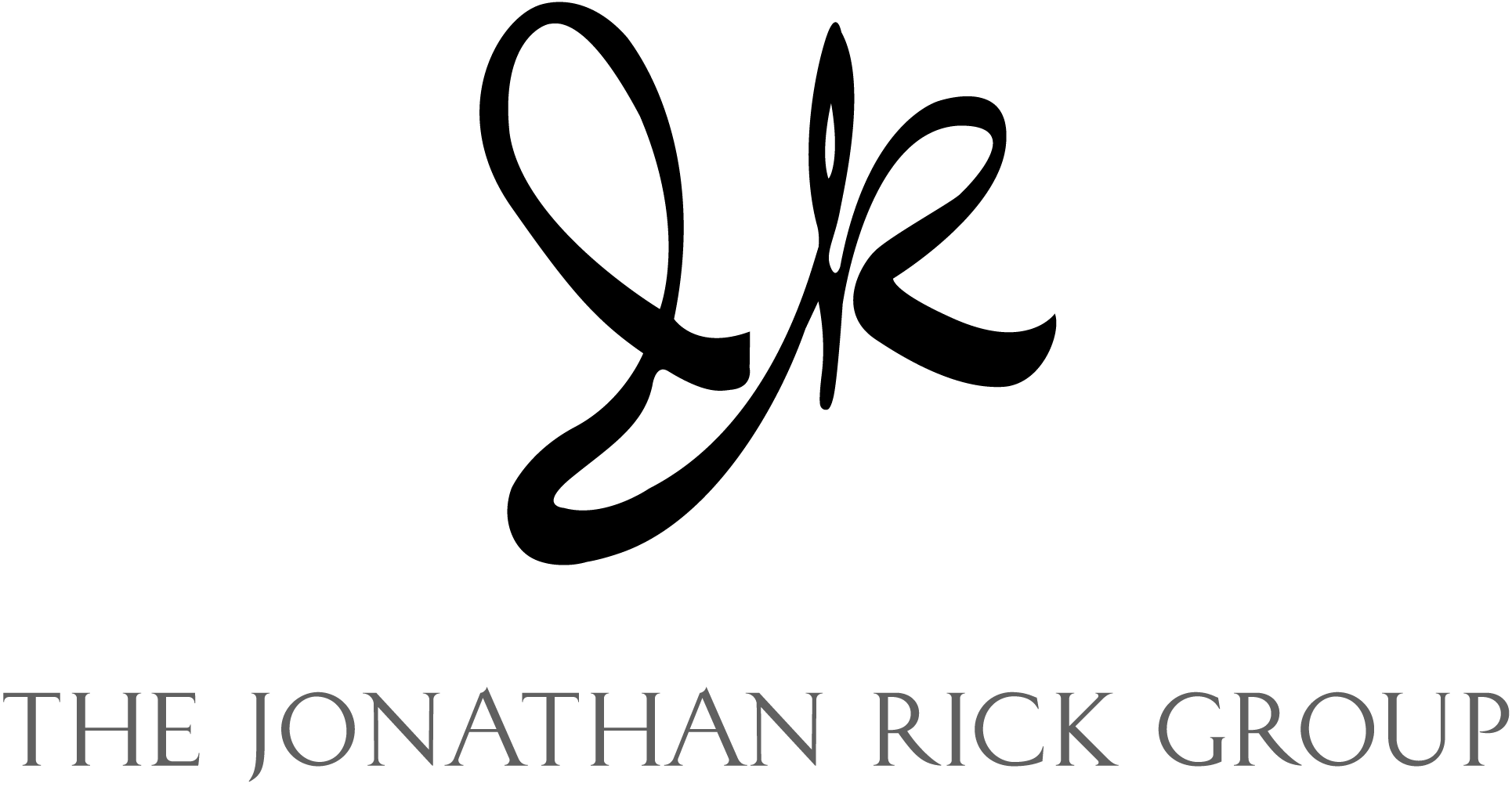If you don’t communicate your value, your clients may not appreciate all your efforts behind the scenes.
If you do public relations (P.R.), there’s a good chance you’ve encountered a version of the following story: You pitch a client to a reporter. You don’t hear back. Then, months or even a year later, that same reporter contacts your client directly. The result: A prominent and positive profile that you seemingly played no part in.
Sound familiar?
The Reporter’s Point of View
On the one hand, from reporter’s point of view, going straight to the source makes perfect sense. The benefits can be irresistible:
1. A middleman (that’s you, my flacking friend) is removed. And in general, the fewer people who need to weigh in, the more quickly a process can proceed.
2. A flack’s job (complimentary coverage) is, by one reading, at odds with a hack’s (just the facts). No wonder we’re called “minders,” or a chaperon on a date. If a reporter can bypass you, the interviewee will be less guarded and more candid.
3. As a part-time consultant rather than a full-time employee, a middleman may be less than fully informed. The closer someone is to the horse’s mouth, the greater her knowledge of how the thoroughbred will perform in next week’s derby.
4. There’s nothing unusual about direct access. Many principals are happy to hand their cell-phone number to high-profile members of the media. (Some politicians are famous for calling news anchors themselves late at night.)
The P.R. Pro’s Point of View
On the other hand, for a P.R. pro, this approach sucks. Let’s review:
1. You’re cut out of the loop. That makes your job more difficult — and more likely that your client won’t be properly prepped.
2. The work you did to put your client on the reporter’s radar in the first place goes unmentioned. Indeed, at some point, your client may well wonder, “If I can score such hits on my own, do I really need to pay some flack a sizable retainer?”
These frustrations are totally understandable. No one likes to be ignored. Yet don’t let your ego detract from the big picture: Your client hired you for publicity — and they got it big time! Congratulations, not indignation, are in order.
Attribution Is Argued About Across Industries
Incidentally, this attribution snarl is not limited to P.R. For example, it happens with new-business leads across industries. Let’s say Bob introduces Pam to me. Pam and I speak, but nothing materializes.
A year later, I contact Pam of my accord, and that follow-up results in work. Does Bob still deserve credit for this client, even though I sustained the relationship and closed the deal on my own? Absolutely! (And maybe compensation for the referral.)
Credit is due again when, 16 months later, Pam doubles my contract. The quality of my work may have turned her into my biggest client, but she never would have heard of me, let alone hired me, if it weren’t for Bob.
Attribution is perhaps most notorious in online marketing. For example, did a customer learn about your product because her friend forwarded to her your newsletter? Or did she see your ad on Instagram? Or did she find you through Google?
While Google Analytics can reveal the immediate history of how someone arrived at your digital doorstep, the software can’t tell you how she first heard about you. (Indeed, most people make purchases only after coming into contact with a brand repeatedly.)
The bottom line: Whether you work in public relations or pet grooming, whether you do sales or service, turf wars take place every day. And who gets credit isn’t a mere matter of pride. Often, it can be the difference between a bonus that allows you to treat your family to a vacation, and one that requires you to stay in the office while your kids luge down Splash Mountain.
The Solution
So how should you handle the attribution dilemma? First things first: By all means, take credit for the win — both with your client and in your own marketing materials.
You seeded the relationship, and its fruits (whether in two weeks or two years) blossom from the time you invested and the expertise you deployed. If it weren’t for your original outreach — which, after all, was targeted and memorable — then it’s likely the reporter would never have gotten back in touch. Or maybe she would have contacted one of your client’s competitors.
With this confidence, then find a way to notify your client about the backstory. Here are a couple of messages that will communicate your contribution without ire or insecurity:
If they’re no longer a client, try this:
“Congrats on such a wonderful profile! I’m so glad that Jeanne finally got back to us. As you may remember, I pitched her back in January, and sometimes it takes a while for a reporter to respond. But better late than never! 😉”
If they still are a client, try this:
“Kudos to you for handling this one! I hope you don’t mind that Jeanne contacted you herself. Sometimes that happens after a P.R. pro pitches the press: The reporter gets so intrigued that she does her own research and ends up getting in touch directly.”
The messaging required here is nuanced: You want to be polite and respectful without being too vague or becoming a glory hog.
Of course, such balancing acts are how P.R. pros make a living. We’re paid to simplify complex situations. To shape narratives. To help a particular perspective prevail.
What’s more, as a consultant, it’s critical that you communicate your value. Never assume that clients are aware of all that you do, or how hard your work is.
But if you drop a hint, they just might connect the dots.
Jonathan Rick is a freelance ghostwriter in Washington, D.C. To learn how he can help you shape your story, visit his website.
A version of the above article appeared in P.R. Daily on September 8, 2022.




